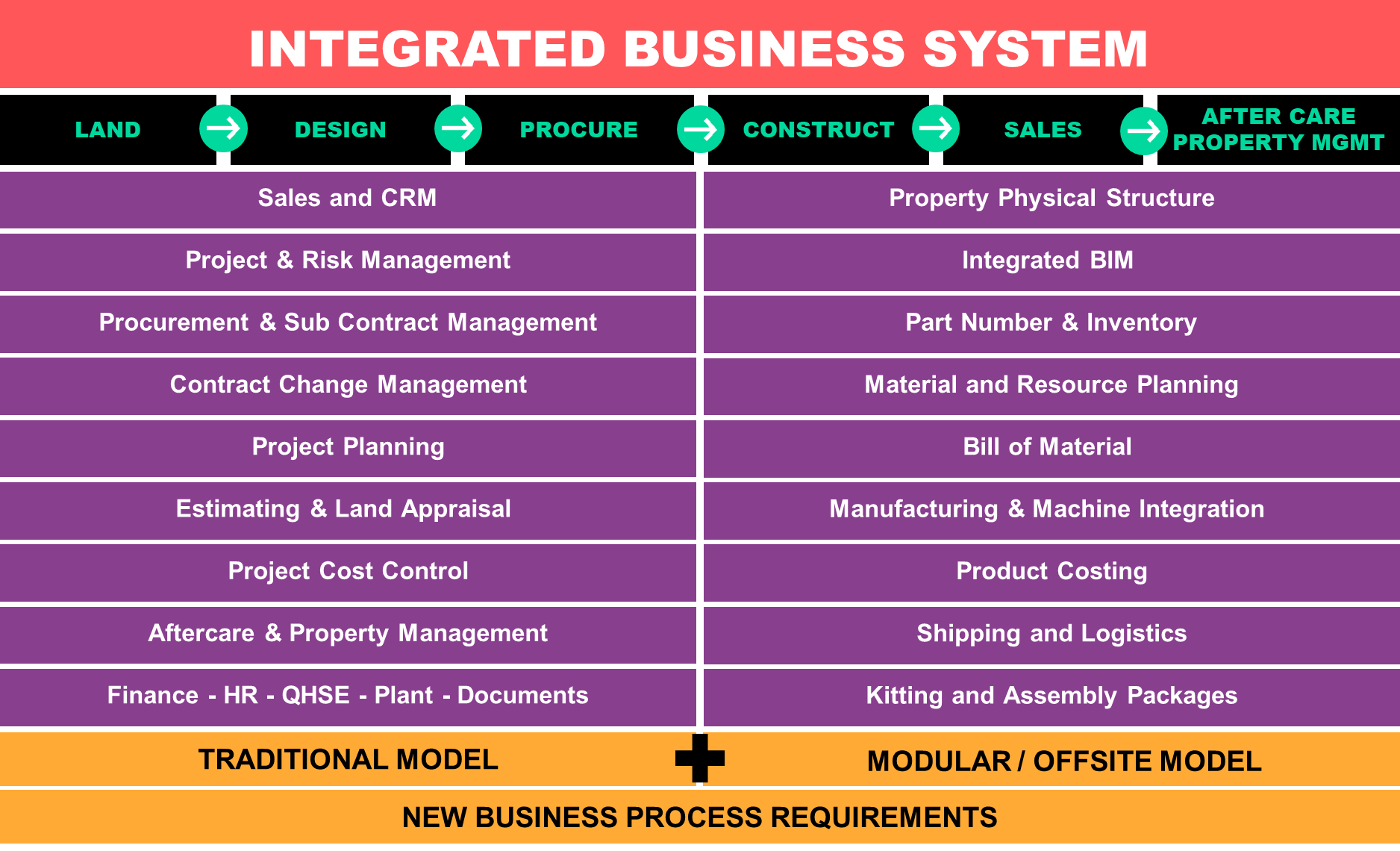There is no doubt that modular housebuilding is gathering pace but there is still a lot of resistance to this process.
Some think it is a valid solution only for the affordable homes or build-to-rent segments of the market. Many consumers still perceive that quality homes need to be built in a traditional way and would resist the idea that a large luxury home could be built in a factory. There is also the perception that you cannot build an aesthetically pleasing, luxury house using modular construction. The word modular is itself part of the issue, the word offsite is a more neutral word. Offsite comes in many forms—modules, panels, walls, rooms, structures, components—so we can build high quality complex unique buildings (like the one shown below) using modern methods of construction.

Source: Weberhaus
Will the large volume housebuilders change their construction model to an offsite model?
Some large housebuilders have already made significant investment in building their own manufacturing facilities—so that would suggest that some believe that modular homebuilding is their future.
“40% of UK home builders surveyed said they were already investing in manufacturing facilities or intending to do so in the near future.”
McKinsey and Company Report (June 2019)
Modular construction: From projects to products
Perhaps we should look at what is happening globally to get some clues to what might happen next as there are large regional variations in the adoption of modular housebuilding.
The table below also comes from the McKinsey and Company Report.

What this shows is that Scandinavia is leading the charge followed by Japan and Germany so will the other countries follow this lead?
BOKLOK (formed from IKEA + SKANSKA) is a very interesting example of what we can expect to see in the not too distant future. This combines the construction expertise of one of the world largest construction companies (Skanska) with one of the top retail companies (IKEA) in turn an expert in standardization, logistics, kitting and assembly.
What this demonstrates is that to execute an effective modular housebuilding business model you need to think very differently about the processes you need. You need a model that focuses on standardization (LEGO-type thinking), logistics, inventory control, kitting and bills of materials, manufacturing and assembly. But you also need to be able to handle some traditional construction business practices as well. In short, the successful modular manufacturing business needs to be a hybrid business (Manufacturing + Supply Chain and Logistics + Construction).
This is perhaps the biggest obstacle for traditional housebuilders in their transition to new ways of working as it requires a different mind-set, different processes and different business systems to make it successful.
Process requirements for an Offsite Construction model:

The benefits of moving to an offsite modular construction model are large—with the potential for significant reductions in cost, faster project timescales and higher quality.
Do you have questions or comments about modular housebuilding and how it is going to change the industry?
We’d love to hear them so please leave us a message below.
Access more blogs from Kenny Ingram here.
Do you have questions or comments?
We’d love to hear them so please leave us a message below.